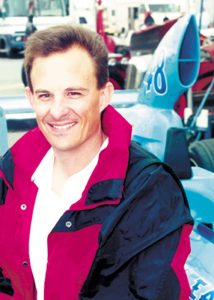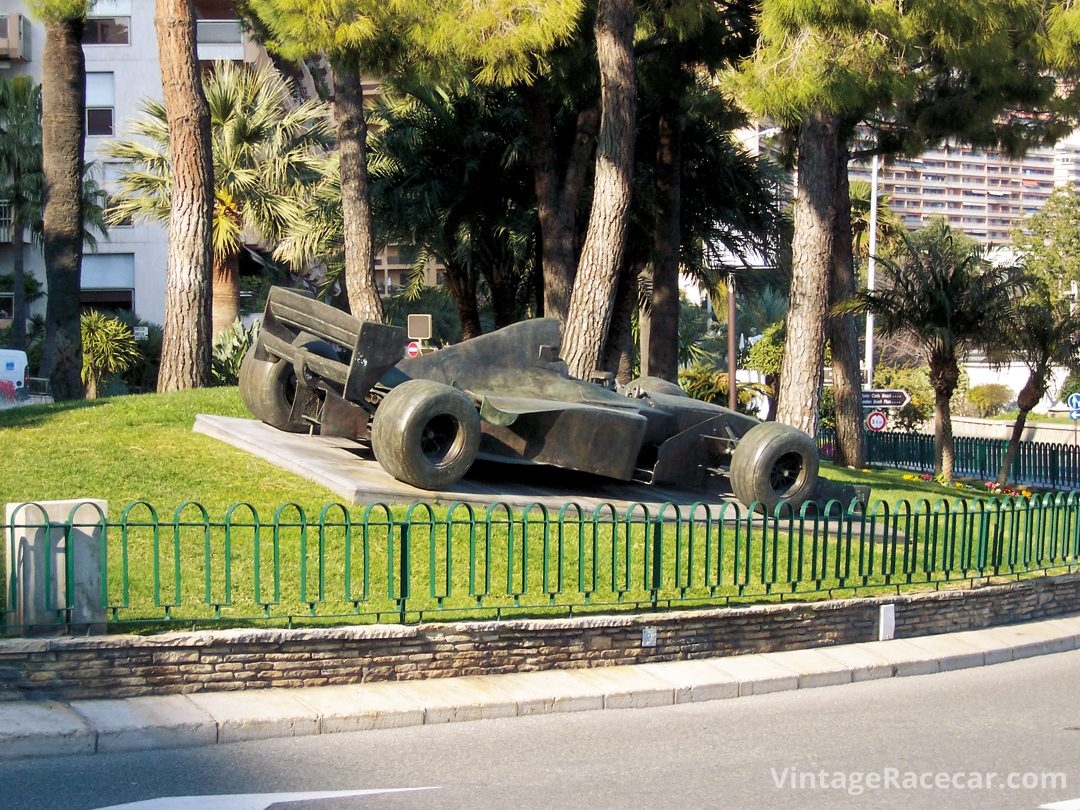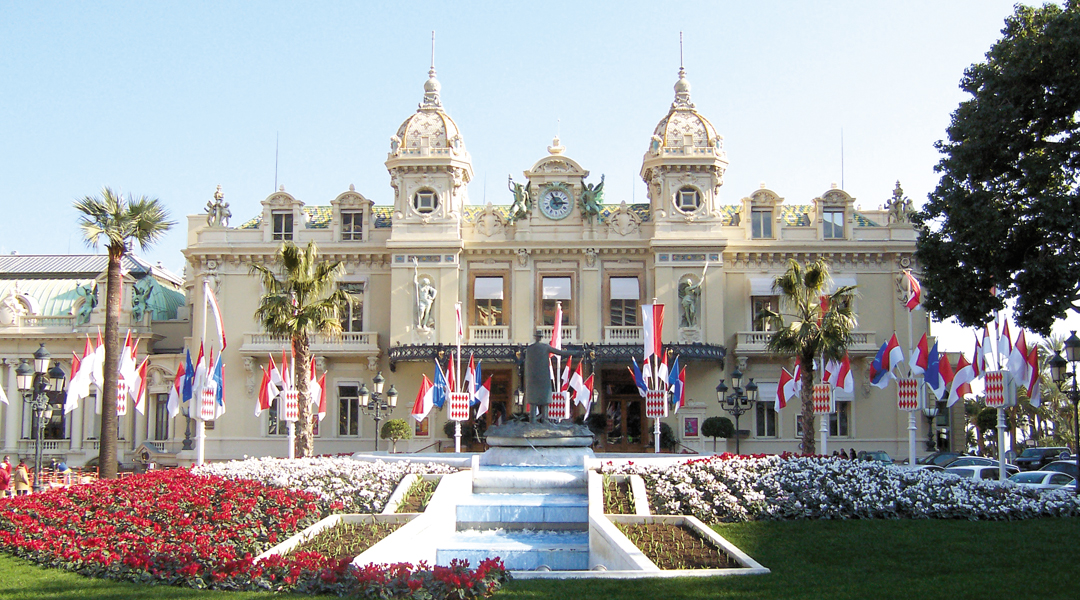It’s the month of May, which can signify but two things in the motor racing world, the Indy 500 and the Monaco Grand Prix. While we pay tribute to Indy this month with an intriguing history of A.J. Foyt’s Coyote Indy cars, recognition of the Monaco Grand Prix ended up accidentally falling to me—fortunately enough!
At the time of writing this, I found myself in snowy England for the International Historic Motorsport Show. (As a result of this annual show, I seem to be one of the few tourists who “voluntarily” travels to the U.K. in February each year…brrr!) With the show over and a few days to kill before my flight home, our European editor, Ed McDonough, suggested that we could catch a cheap flight to Nice, France. When Ed said cheap he meant CHEAP—how about $40?! So without needing much prodding, Ed and I found ourselves soon whisking our way to the Cote d’Azur and, more importantly, the automotive holy land that is Monaco.
So it was that I found myself standing on the Boulevard Albert 1st on a sunny but cold day this past February. After having watched every Monaco Grand Prix on television for the past 25–30 years, it was a positively surreal experience to actually be standing on the start-finish line. For my benefit, Ed, his wife Nancy and I walked the entire course, which, much to my surprise, seems much smaller in person than it does on TV. In fact, the whole course is only 3,584 yards long, but on TV it seems much longer—I suppose in the same way that TV is also supposed to add on 10 pounds.

Editor
After walking down the front straight, we came to the famous first turn at St. Devote, named after the patron saint of Monaco and a church that is tucked into the rocky hillside just behind the turn. In the center of the turn, on a beautifully groomed island in the middle of the road, is a life-size bronze statue of the winner of the first Monaco Grand Prix, William Grover-Williams, arms flailing behind the wheel of his Bugatti. As we made our way around the course, I came to find out that there are four different bronze statues, permanently situated around the course to honor the men and machines of Monaco’s almost 90-year history.
From St. Devote, we trudged up the long, steep hill towards Casino Square and marveled at the blind brow at the top, which if taken incorrectly, could make you and your car the latest window display at the Hermes shop on the opposite side! Next, we made our way between the famous Hôtel de Paris and the famed Casino before walking down the short, bumpy run to the corner called Mirabeau (named after a hotel which no longer exists.) From Mirabeau, we twisted and turned our way down the hill to what is perhaps the most photographed and iconic corner of any on the Formula One circuit—the Station Hairpin. The train station from which it derives its name, is long gone, but otherwise this first gear turn and its subsequent run down to the seaside is just the same today as it was in 1929 when Grover-Williams won the first race. For me, it was like the automotive equivalent of visiting the Great Pyramid at Giza.
At the waterfront promenade we passed another life-sized bronze—this time of a modern Formula One car—before walking into the famed Monaco tunnel. I found this one of the most surprising parts of our tour, because from my vantage point behind the TV screen, I was always under the impression that the tunnel was completely enclosed and very dark. In reality, the opposite is true. Most of the tunnel is made of columns, that leaves the tunnel open (for the most part) to the ocean and quit brightly lit.

From the tunnel we re-emerged just below the steep road that ran up to Casino Square, and then made our way past the chicane and on towards the Tabac corner—named appropriately enough as there has always been a tobacconist’s shop on the outside of the turn. It is in this short section along the harbor, where many of Monaco’s ghosts seem to hover. This is the area where Alberto Ascari in 1955 and Paul Hawkins in 1965 both ended up in the ocean after loosing control of their respective cars. It is also here that Lorenzo Bandini became one of just five people in the 90-year history of Monaco Grand Prix to lose his life. It’s a remarkable statistic considering the relative danger of the circuit, especially in the pre-war years.
Skirting along the waterfront on the Quai Albert 1st we passed a bronze bust that honors French racing great and 1931 winner Louis Chiron before we approach the swimming pool, which during this time of year has been converted to an ice rink! After the road makes its left-right-right-left around the pool it is just a short squirt of the throttle to the famous Rascasse restaurant, where the cars again slow down to first gear speeds before either shooting back onto the front straight or slicing off into the pits. It is at this fork in the track that we crossed the final bronze tribute, a life-size statue of Juan Manuel Fangio and his Mercedes Benz W196. Back at the start-finish line, I had a hard time getting my head around the walking tour that we just completed. It is both exactly like, and nothing like, what I’ve seen on TV for so many years. Now, the real question remaining to be answered for me is, “How different would it look like with historic Formula One cars running around it?” Hopefully, I’ll get a chance to find out.










